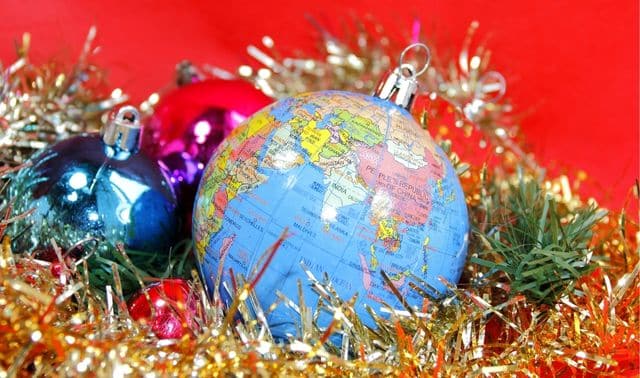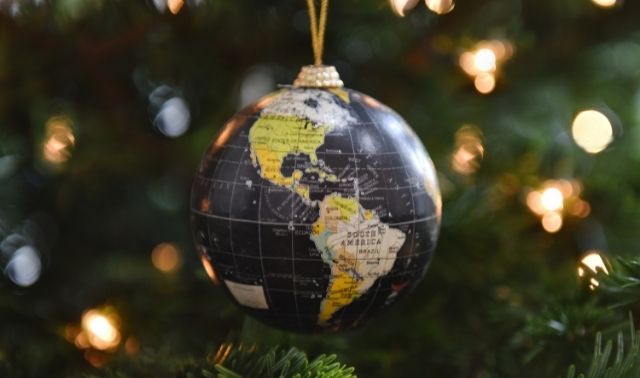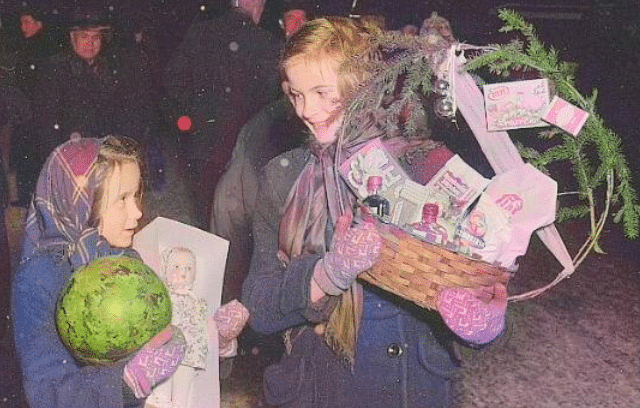Want to add some ethnic flavor to your holiday feast? Whether you are looking to add something authentic to your holiday menu or just want to get adventurous, there is something for everyone. Chow down as your ancestors did in the old country with these food traditions from around the globe.
Eastern Europe
On Christmas Eve in Russia, the Ukraine and eastern Poland, families share a single bowl of kutya. It’s a porridge, usually made from wheat berries, honey and poppy seeds, that symbolizes hope and immortality. Some families throw spoonfuls of kutya up to the ceiling—tradition says that if it sticks, the year will bring happiness, peace and success.
Scandinavia
While some people hate it, families celebrating a traditional Christmas in Norway and Sweden eat lutefisk—boiled cod treated in lye solution. It’s a holdover from medieval days when Christmas was a fasting time. Tastier (and less smelly) treats are lefse (thin potato pancakes) and krumkake (rolled cookie crisp).
Italy
While Americans are sawing into fruitcakes, Italians are savoring a holiday bread called panettone. Sometimes made with pine nuts and raisins or other candied fruit, panettone looks tall and cylindrical like a chef’s hat.
Mexico
There’s plenty of food to enjoy during the holiday in Mexico. Dec. 16 usually kicks off nine days of candlelight ceremonies and feasting festivities. After a midnight mass on Christmas Eve, families come home to a huge traditional dinner that includes tamales, fish, suckling pig and a thick, sweet beverage called atole.
France
The French also dig in to their Christmas Eve dinner after midnight mass. A meal called réveillon (“awakening”) represents a symbolic awakening to the birth of Christ. Among the traditional goodies is bûche de Noël, a Yule log-shaped cake covered in bark-like marzipan.
Israel
During Hanukkah, oily foods symbolize the miracle of the lamp oil. When Hanukkah begins this year, many Jewish Americans and European Jews will eat latkes (potato pancakes). But Israelis commonly feast on fried jelly doughnuts called sufganiyot.
Middle East
Muslim families observe Ramadan, a month of fasting and prayer from sunrise to sunset. Each night the fast is broken by eating a meal called iftar, which usually centers around lamb, beef, chicken, traditional soups and salads, such as cucumber and yogurt fatoush.
African
Kwanzaa begins on Dec. 26, celebrating African heritage with seven days of family gatherings, meditation and feasting. It was created in the mid-1960s, with its roots in a traditional African harvest celebration called “first fruits.” At the final feast of the holiday, called karamu, fresh fruits and vegetables on the Kwanzaa table symbolize the past and future growth of African culture. Some families serve favorite recipes, often including sweet potato pie, fried okra and benne cakes, a West African treat made with sesame seeds.
Related Reads
A version of this article appeared in the December 2000 issue of Family Tree Magazine.









